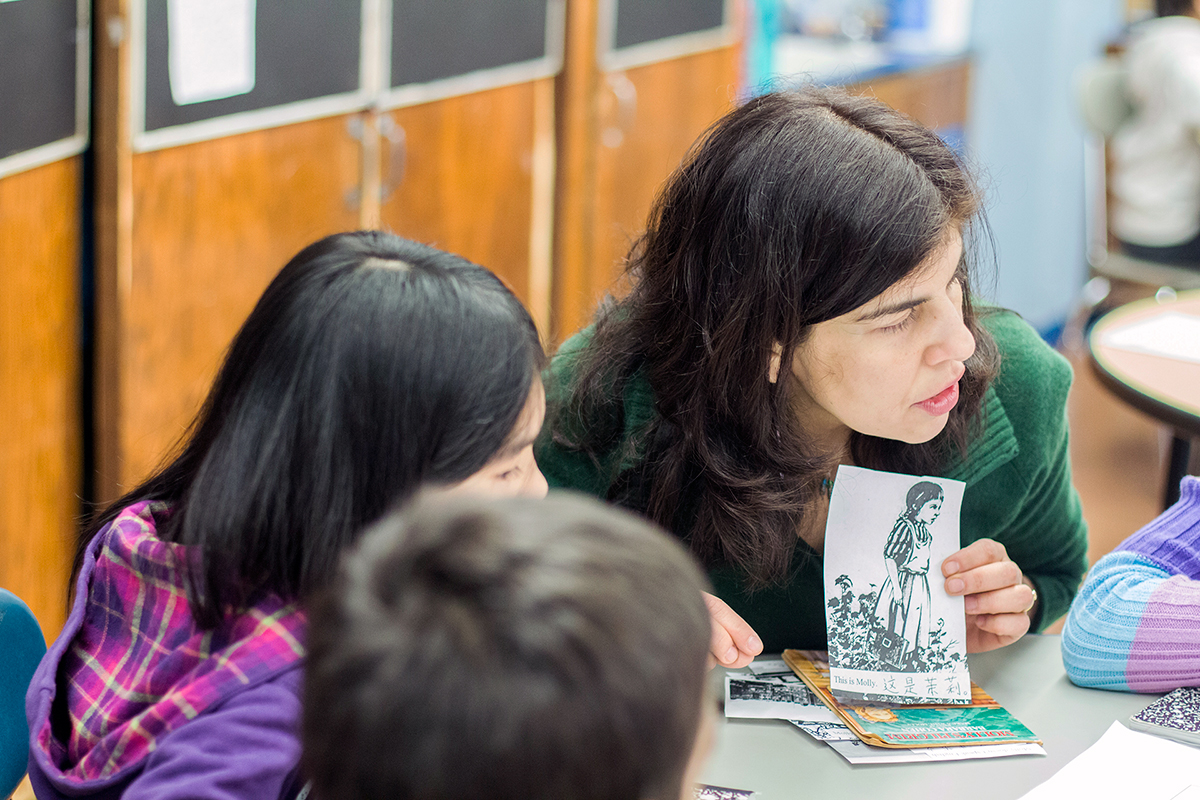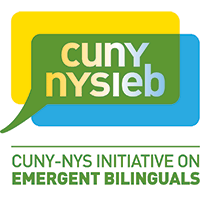Nurturing a Multilingual Ecology
The communities where emergent bilingual students live are rich with multilingual text. Their languages are posted on signs, heard on the radios of passing cars, and are spoken in the neighborhood’s stores. These students’ schools should also reflect the entire range of language practices of the children who attend. Their languages should be evident in the school’s textual landscape — should be visible and palpable on school bulletin boards, in texts in the library and classrooms, and heard throughout in conversations.


The resources in this section help school staff and leaders reflect on the ways all students’ language practices might be integrated into the school environment to create a truly multilingual ecology.
- The Languages of New York State: A CUNY-NYSIEB Guide for Educators: Learn more about the languages your students speak! This guide provides information about the top ten languages other than English spoken by emergent bilinguals. Descriptions include a brief history of the language, a few details about the cultures of the people who speak the language, and their experiences in New York State. It also includes some basic structural features of the languages as well as cognates and basic phrases. Download a copy.
- Lead a PD about ME: This includes a PowerPoint presentation of photographs of multilingual elements at other schools which can assist you in running a professional development session about the importance of fostering a multilingual ecology at your school .
- Fall 2015 – Leadership 1 – Multilingual Ecology – Collins & Guzman Valerio—PPT slides of the presentation by Brian Collins (Associate Investigator) and Luis Guzmán Valerio (Research Assistant) on “Building, Deepening and/or Extending the Multilingual Ecology in your School:”
- Multilingual Ecology Discussion Handout: Fall 2015 – Leadership Seminar 1 – Multilingual Ecology Discussion Handout—Resource Package Item C: Multilingual Ecology for CUNY-NYSIEB Schools.
- PS 153 Welcome Packet and Welcome Letter PS 153: Get inspired by this example of a bilingual welcome packet created for newcomer students by staff at PS 153 in Brooklyn. The packet familiarizes students with the school, materials he or she will need, and basic English Vocabulary. Activities encourage the use of both English and the home language. The packet can be used in the classroom or as homework, and attempts to take the pressure off both new students and their teachers in the first couple of days of school. This packet is most appropriate for elementary school students, though the welcome letter to families could be used at all grade levels. Download a copy here.
